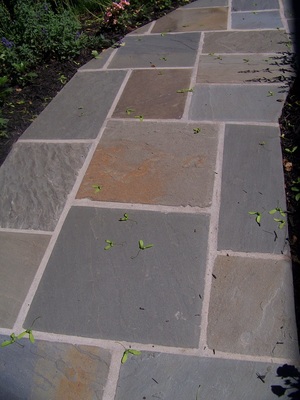 Mortar at Work
Mortar at Work But before we begin, I need to offer a real quick lesson in terminology.
I hear clients and prospects throw around a lot of incorrect terminology when it comes to masonry. Just as I would most likely butcher terminology if talking about insurance or quilt-making, its understandable. But important nonetheless. So lets get a few terms straight.
Cement is, at its most basic level, simply a binder which sets and hardens independently. There are a number of different types of cement mixes out there, but the most commonly used ones are Portland cement blends which are derived primarily from limestone and sulfate (gypsum). Cement by itself is quite brittle and not used as a building material, but rather as an ingredient for concrete and mortar. To say a sidewalk or patio is made of “cement” is technically incorrect (and quite frankly, a nails-on-the-blackboard pet peeve of mine).
Concrete is a construction material made from mixing cement with aggregate (small stones or gravel) along with sand. There are a number of “recipes” for concrete depending on the desired strength and application. The aggregates and sand add additional strength to the mix and help to eliminate some of the “brittle” and “shrinkage” qualities of cement. Fibers and manmade materials can also be added to the mix to help increase strength. When you see a sidewalk or patio being poured, this is concrete.
Mortar is a separate construction material used to adhere stone, brick, or blocks. Historically there have been a number of different recipes for mortar, but the most commonly used mortars used for our purposes today consist of
various ratios of Portland cement, lime, and sand. Portland cement offers compression strength, lime offers flexibility and bonding qualities, and sand works to minimize shrinkage during curing. And that is where I want to get into a bit more detail.
There are five generally accepted classifications of mortar types used in the trades; M, S, N, O and K.
Type M mortar consists of 3 parts Portland cement, 1 part lime, and 12 parts sand. This is the strongest mortar in terms of compression strength, but may not offer the flexibility of forgiveness that some “softer” mortars offer. It is commonly used for applications where some load-bearing capabilities are required, such as stone foundations. In many cases the high compression strength results in the mortar being stronger than the materials they are binding, resulting in cracked bricks or blocks.
Type S mortar is the mortar that we typically use for our wet-set flatwork applications. The generally accepted recipe is two parts Portland cement, one part lime, and nine parts sand. It offers high compression strength with increased bonding qualities and flexibility. For this reason it is recommended for exterior applications at or below grade, or when high compression strength is needed in conjunction with softer stones or bricks.
Type N mortar is perhaps the most commonly sold “all-purpose” mortar, consisting of one part Portland, one part lime, and six parts sand. It offers medium compression strength, and is commonly used for non-load-bearing applications above grade, such as walls or chimneys (not exposed to direct heat).
The remaining two classifications of mortar, O and K, are the softest of the mortars, and are generally used for tuckpointing or repair work above grade, when compression strength is not necessary and flexibility/forgiveness are more important. Type O mortar generally is made up of one part Portland, two parts lime, and nine parts sand. Type K is the weakest of the mortar types, with a one-three-ten ratio, and is most commonly used in historical preservation repair work.
And just as a good creative cook may tweak a few recipes to achieve desired results in the kitchen, these recipes can be tweaked a bit too depending on the application. Additional factors such as the coarseness of the sand being used and amount of water used to mix the mortar can also have an effect on how the mortar will behave.
It’s also important to note that when it comes to mortar, stronger does not necessarily mean better. The strength of the mortar itself would be of little value if it doesn’t effectively bond to the materials that are meant to be held in place. And as mentioned earlier, some degree of flexibility may be desired to work with temperature contractions or lateral load.
Additionally there are also a number of “specialty” mortar mixes available such as refractory mortar for use in ovens or chimney interiors where heat is a concern, and specialty additives are also available for enhanced bonding or durability qualities in certain applications.
So there you go. Mortar 101. Even if you’re not going to use this information on a regular basis, it never hurts to have a basic understanding of materials and how they’re used. Keep it handy if you never need it as a reference.





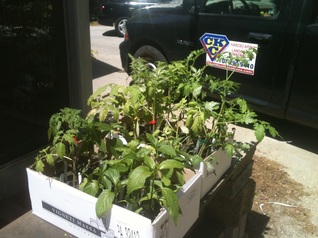
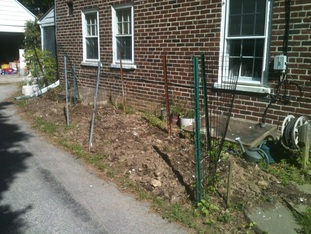
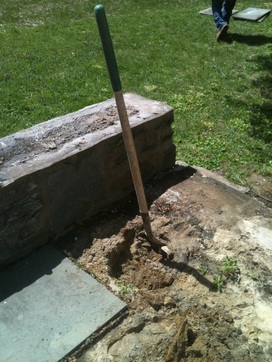
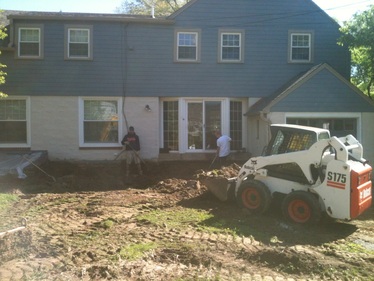




 RSS Feed
RSS Feed